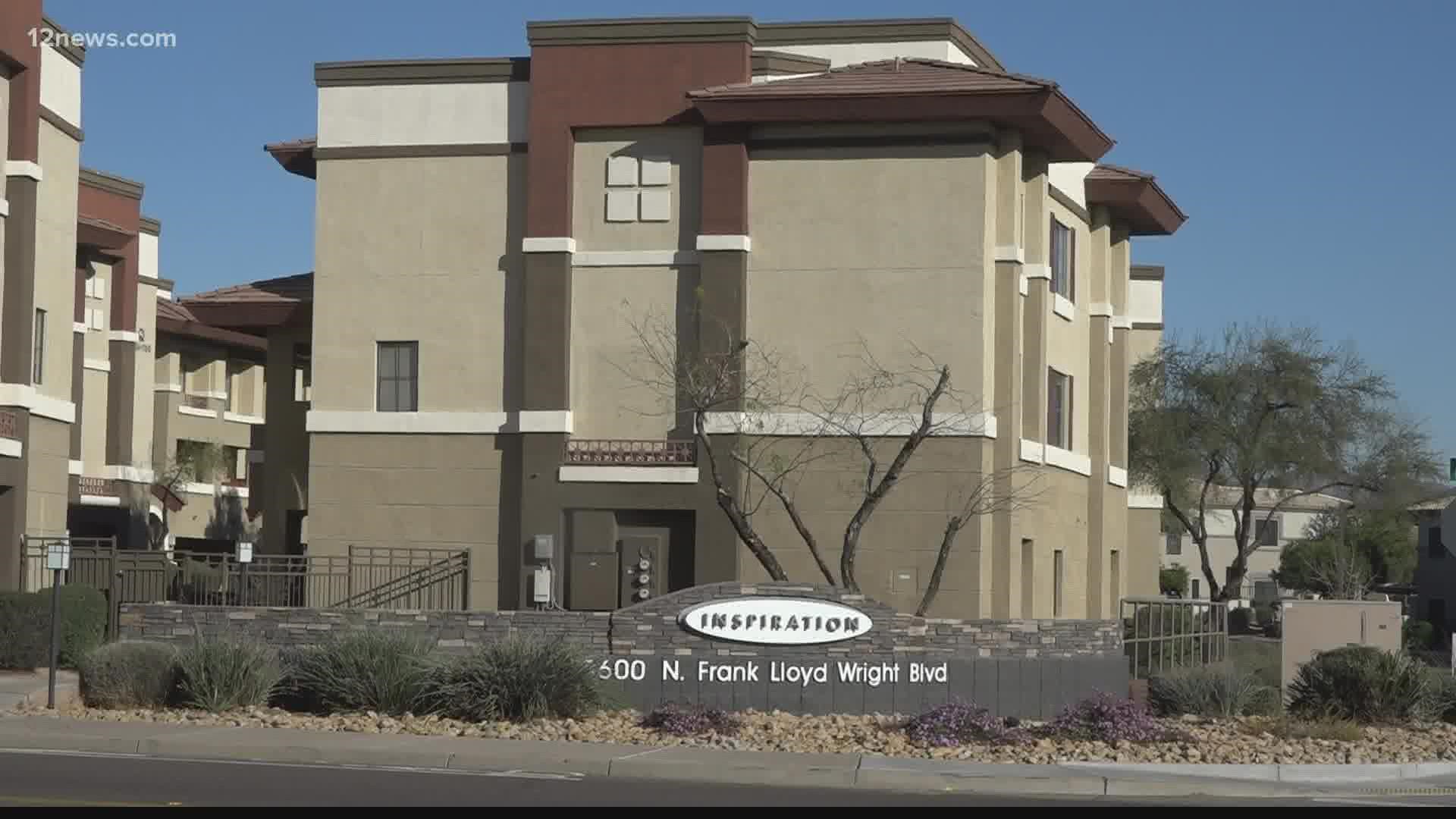ARIZONA, USA — The housing market is out of whack when it comes to supply and demand, and the pandemic has exacerbated that trend.
Homebuilders became more cautious after the Great Recession began with empty homes and homeowners walking away from their mortgages.
The result is that new housing stock has lagged behind population growth, and now there are simply aren’t enough homes for sale to meet the demand of the millions that want to buy them.
A similar situation is happening with rental properties. There aren’t enough of those either. A new trend, however, is working to fix that gap between supply and demand, according to Yardi Matrix, a real estate data analytics firm.
Yardi Matrix expects 14,000 homes built specifically to rent will be completed in 2022, by far the most ever in that category in a year.
Doug Ressler, the Director of Business Intelligence for Yardi Matrix, says the company only tracks developments of 50 homes or more, meaning there could be many more houses built to rent this year that are not tracked by the company.
But according to Ressler, that 14,000 home estimate is still a significant increase over any previous year. According to Ressler, “Mom and Pop” home builders began building homes to rent in the 1990s.
The Great Recession wrecked credit across the country and left thousands of homes empty as well, and that, according to ASU Professor of Urban Planning and Housing Policy Dr. Deirdre Pfeiffer, is when institutional investors began getting into the rental real estate business.
Now, according to both Pfeiffer and Ressler, the imbalance between supply and demand in both the rental and purchasing markets have led institutional investors to this build to rent strategy, creating entire subdivisions in which none of the residents will own the homes in which they live.
“Looks like a house. Feels like a house. It’s a larger space, but it rents,” Ressler said. “What you have is the ability to put people into housing stock that they can afford and at the same time manage them effectively.”
Many are not able to afford to buy a house but are ready to move out of cramped apartment complexes, especially after the pandemic, according to Pfeiffer.
“This generation is also strapped by debt and less able to qualify for homeownership, particularly in these highly competitive markets like Phoenix,” Pfeiffer said.
Millennials who want to live in a home but can’t afford it or don’t qualify for loans can still live in houses if more of these go on the market. Despite the lack of new home builds to meet the demand, both Ressler and Pfeiffer said 14,000 new built-to-rent homes should not impact home prices.
“I don’t think we’re at the scale where we need to worry about that, yet,” Pfeiffer said.
One piece of advice from Pfeiffer for those seeking a long-term rental home: make sure you can still save while you continue to rent. Ressler estimated that it could take five or six years for supply and demand to reach more of an equilibrium in the housing market.
The goal should be to save while continuing to rent and to have enough money to buy when the market stabilizes.
Up to Speed
Catch up on the latest news and stories on the 12 News YouTube channel. Subscribe today.

